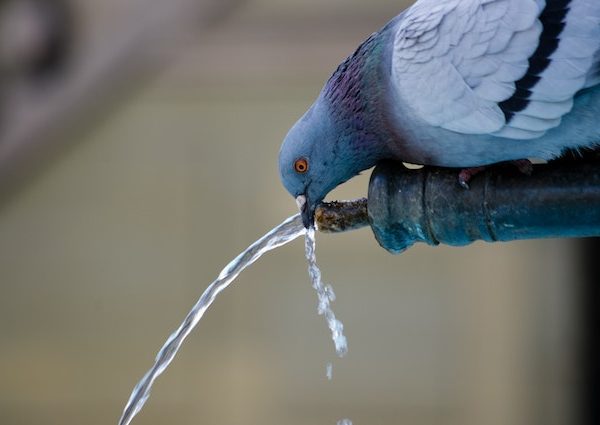Water damage restoration is a crucial service for homeowners and businesses alike. When disaster strikes in the form of floods, leaks, or burst pipes, people turn to the internet for immediate assistance. This is where Search Engine Optimization (SEO) becomes vital for water damage restoration companies. In this guide, we’ll explore the ins and outs of Water Damage SEO, helping you understand how to rank higher on search engines and grow your business.
- Understanding Water Damage SEO Before diving into the specifics, it’s essential to comprehend the basics of SEO. SEO is a set of techniques and strategies that help your website rank higher on search engine results pages (SERPs). Water Damage SEO, in particular, focuses on optimizing your online presence to attract potential customers seeking water damage restoration services.
- Keyword Research Effective SEO starts with thorough keyword research. Identify the most relevant keywords and phrases potential customers might use when searching for water damage restoration services. Tools like Google Keyword Planner and SEMrush can help you discover high-traffic, low-competition keywords. Incorporate these keywords naturally into your website content.
- On-Page SEO Optimize your website’s on-page elements for search engines. This includes:a. Title Tags: Craft descriptive and keyword-rich title tags for your pages. b. Meta Descriptions: Write compelling meta descriptions to entice users to click on your links. c. Header Tags: Use header tags (H1, H2, H3, etc.) to structure your content and incorporate keywords. d. Image Alt Text: Describe images with keyword-rich alt text for better accessibility and SEO. e. URL Structure: Ensure clean and concise URLs that incorporate keywords when appropriate.
- Quality Content Creation High-quality, informative content is the backbone of successful Water Damage SEO. Create blog posts, articles, and resource pages that address common water damage issues, prevention tips, and the restoration process. Showcase your expertise and build trust with potential customers. Regularly update your content to reflect industry trends and maintain relevance.
- Local SEO Local SEO is critical for water damage restoration companies, as customers often search for services in their immediate vicinity. To improve your local SEO:a. Set up a Google My Business (GMB) profile with accurate business information. b. Encourage customer reviews and respond to them promptly. c. Include location-specific keywords in your content. d. Build citations by listing your business on local directories and websites.
- Mobile Optimization As mobile devices become the primary means of internet access, your website must be mobile-friendly. Google prioritizes mobile-responsive websites in its rankings. Ensure that your site loads quickly and functions seamlessly on smartphones and tablets.
- Backlink Building Backlinks, or links from other reputable websites to yours, are a significant ranking factor. Build a strong backlink profile by:a. Guest posting on industry-related blogs. b. Collaborating with local businesses for co-promotion. c. Creating shareable, link-worthy content. d. Monitoring and disavowing low-quality or spammy backlinks.
- Technical SEO Technical SEO involves optimizing the behind-the-scenes aspects of your website, such as site speed, security, and crawlability. Address technical issues promptly to improve user experience and search engine rankings.ConclusionWater Damage SEO is a critical component of your online marketing strategy. By understanding the fundamentals of SEO, conducting thorough keyword research, optimizing on-page elements, creating high-quality content, focusing on local SEO, ensuring mobile optimization, building a strong backlink profile, and addressing technical SEO issues, you can improve your website’s visibility and attract more customers. Stay committed to these SEO practices, and your water damage restoration business will thrive in the digital age.
